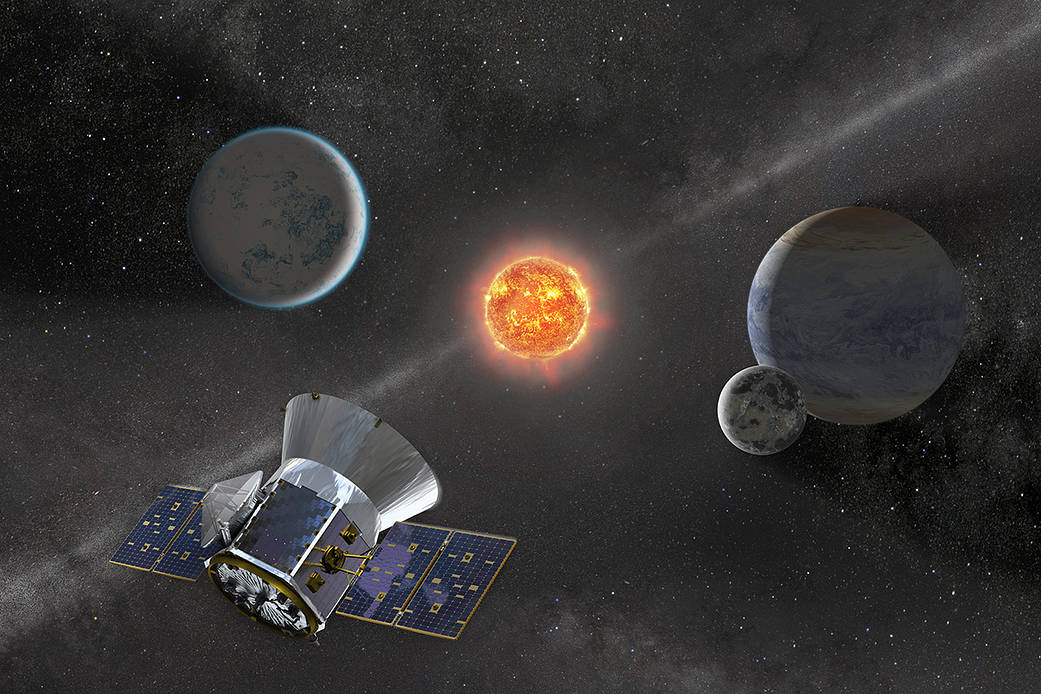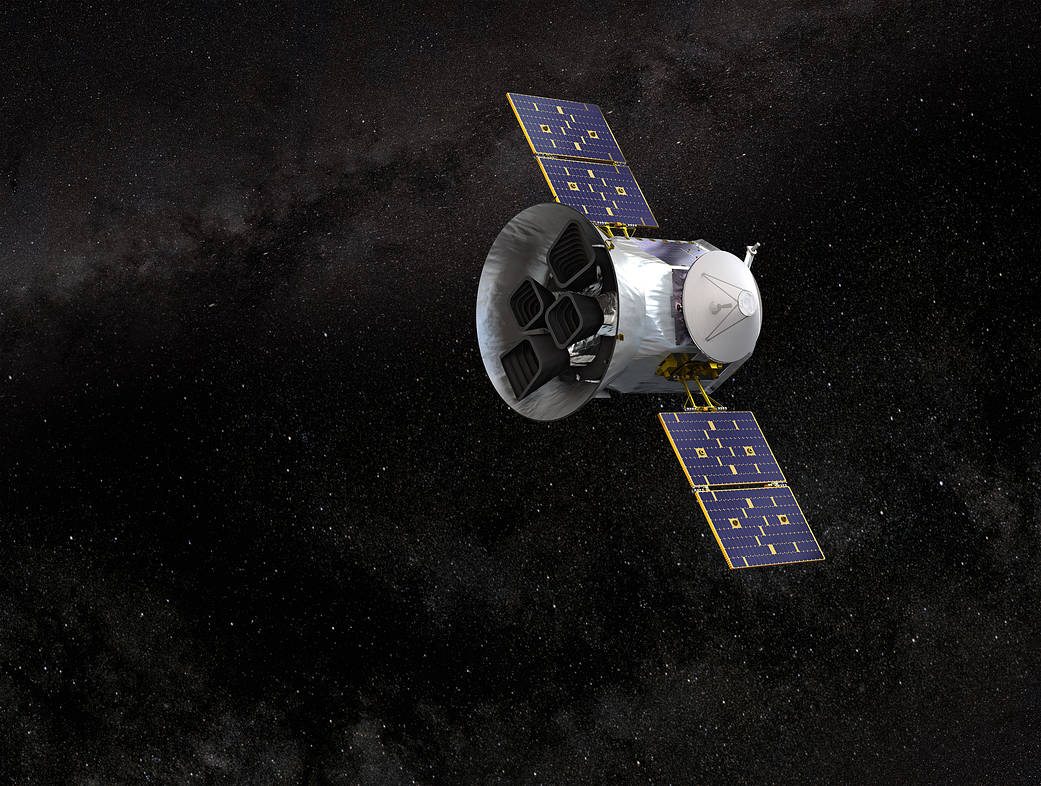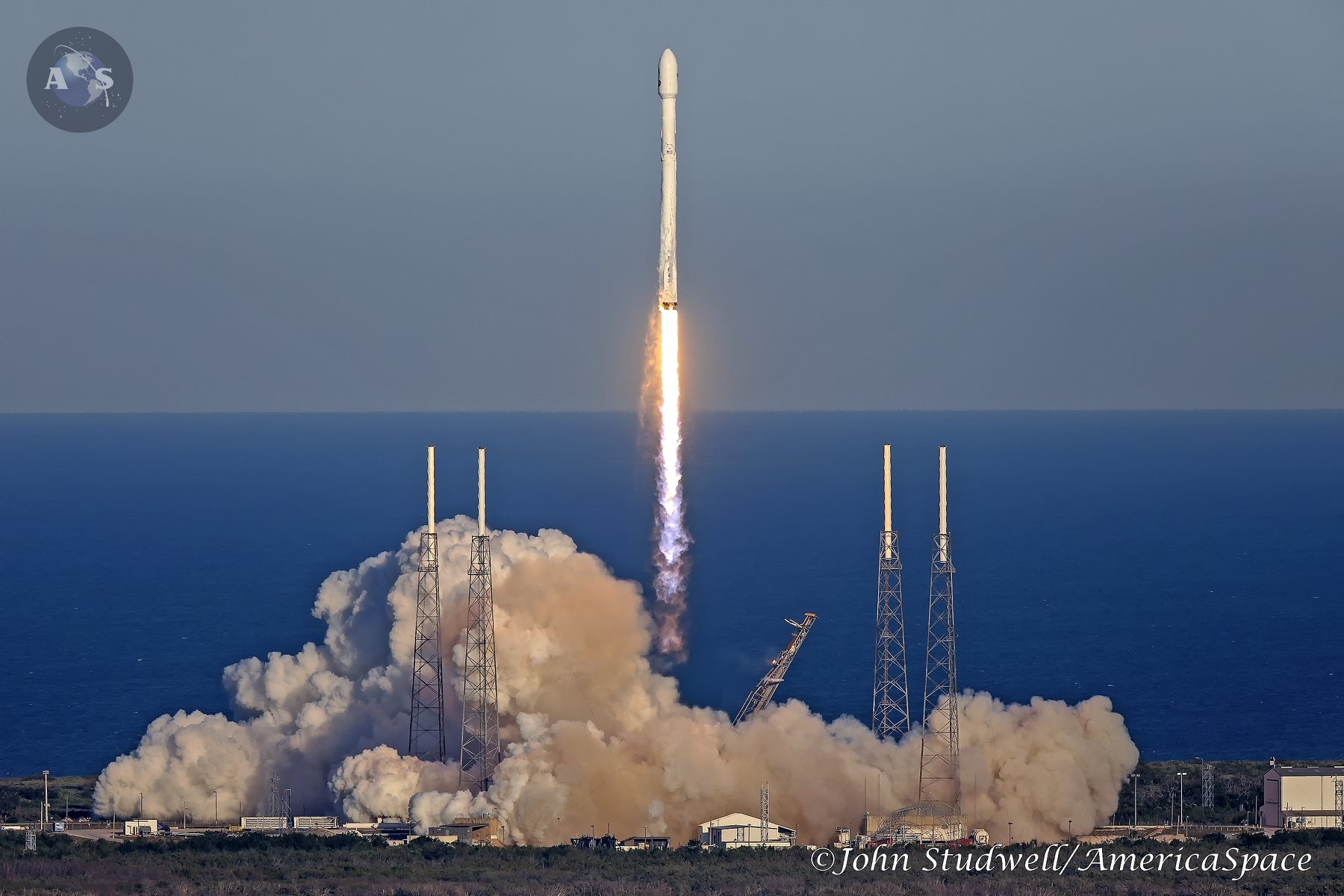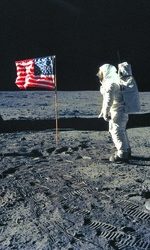
NASA’s TESS mission (Transiting Exoplanet Survey Satellite) has now completed the first year of its search for exoplanets and has already racked up some great discoveries, it was announced on July 25, 2019. The space telescope has also been watching other celestial phenomena such as comets and supernovae, although exoplanets are its primary focus.
During the first year, TESS focused on the southern hemisphere, but will now shift its observations to the northern hemisphere. TESS first turned its cameras to the north on July 18. When that survey is complete, it will be the most comprehensive survey of its kind ever done.
The previous big planet-hunting mission, the Kepler Space Telescope, discovered thousands of exoplanets, but focused on smaller patches of the sky, looking at more distant stars. TESS, however, is surveying the entire sky, but focusing on stars that are closer to us.
As with Kepler, the number of both confirmed and candidate exoplanets keeps growing. In this update, 21 confirmed and over 850 candidate exoplanets are mentioned, although in the NASA Exoplanet Archive, there are 24 confirmed and 993 candidates (including known false positives). There are an additional 680 candidates that have not yet been either confirmed or shown to be a false positive.
“The pace and productivity of TESS in its first year of operations has far exceeded our most optimistic hopes for the mission,” said George Ricker, TESS’s principal investigator at the Massachusetts Institute of Technology in Cambridge. “In addition to finding a diverse set of exoplanets, TESS has discovered a treasure trove of astrophysical phenomena, including thousands of violently variable stellar objects.”
“Kepler discovered the amazing result that, on average, every star system has a planet or planets around it,” said Padi Boyd, TESS project scientist at NASA’s Goddard Space Flight Center in Greenbelt, Maryland. “TESS takes the next step. If planets are everywhere, let’s find those orbiting bright, nearby stars because they’ll be the ones we can now follow up with existing ground and space-based telescopes, and the next generation of instruments for decades to come.”
Candidate exoplanet discoveries by TESS can be followed-up with ground-based telescopes to help confirm them or show them to be a false positive. And there will be many more to come.

“The team is currently focused on finding the best candidates to confirm by ground-based follow-up,” said Natalia Guerrero, who manages the team in charge of identifying exoplanet candidates at MIT. “But there are many more potential exoplanet candidates in the data yet to be analyzed, so we’re really just seeing the tip of the iceberg here. TESS has only scratched the surface.”
TESS uses four large cameras in its search for exoplanets. Each observational period lasts 27 days, where TESS watches a 24-by-96-degree section of the sky. Sometimes the sections overlap a bit, so those overlapping parts of the sky are observed for almost a year.
Like Kepler, TESS looks for transits, where a planet passes in front of its star from our point of view, but focuses on stars closer than 300 light-years away from us (Kepler’s planets were typically 600 – 3,000 light years away). One big advantage of that is that the planets found can more easily be observed with follow-up missions, such as the upcoming James Webb Space Telescope (JWST), to analyze their atmospheres and search for possible biomarkers, gases that could be evidence for biological activity. TESS also focuses largely on smaller rocky planets, like Earth or super-Earths, the kind that would be most likely to possible support life.

TESS also recently found its smallest exoplanet to date, between the size of Earth and Mars, L 98-59b, orbiting a red dwarf star 35 light-years away. Two other known planets in the system are 1.4 and 1.6 times the size of Earth.
The first Earth-sized planet TESS found was HD 21749c, orbiting a Sun-like star 53 light-years away. It is one of two known planets in that system.
As well as exoplanets, TESS has also been observing comets both inside and outside our Solar System, exocomets orbiting other stars (at least three in the Beta Pictoris system) and six supernovae in distant galaxies.
It has been an exciting first year for TESS, and if the discoveries so far are any indication, the next year should be just as good, if not even better.
More information about TESS is available on the mission website.
.
.
FOLLOW AmericaSpace on Facebook and Twitter!
.
.





